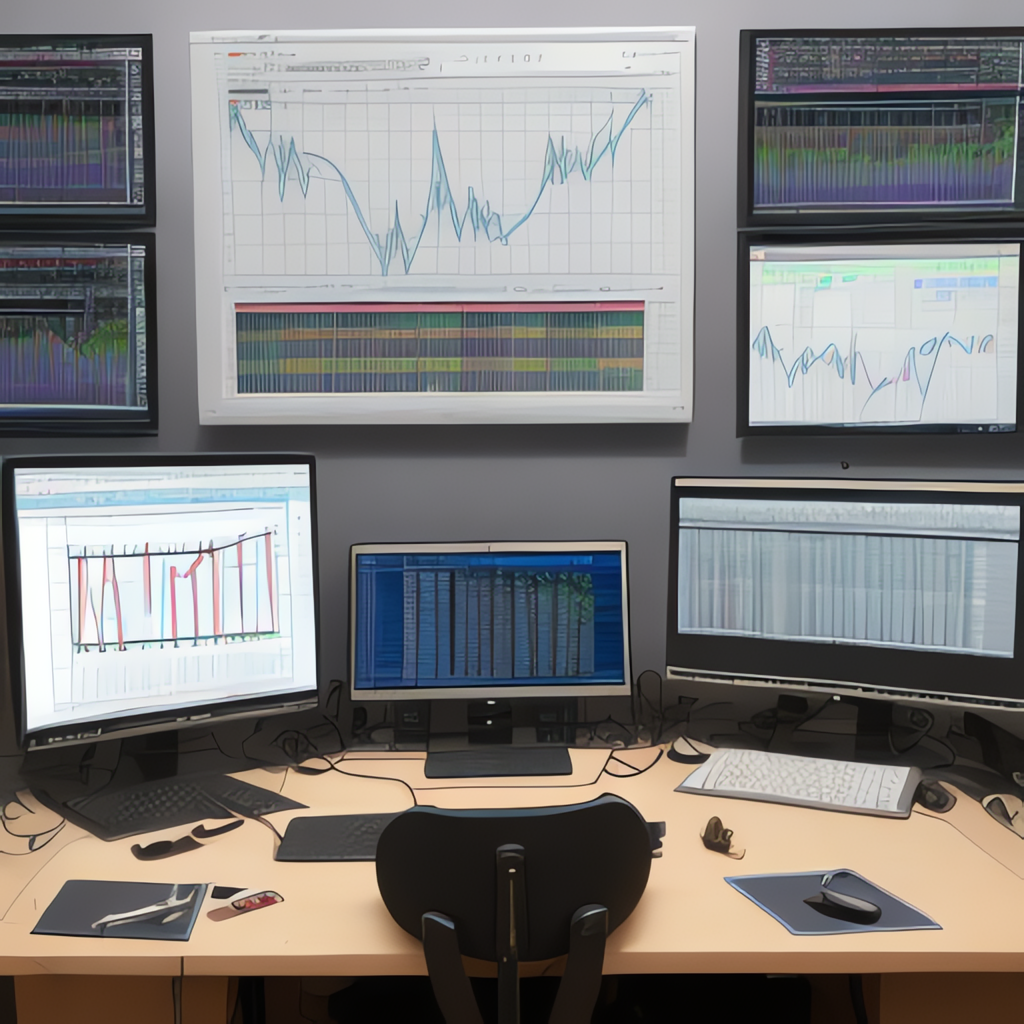Title: Exploring the Complexity and Clarity of Various Data Visualization Techniques: From Bar Charts to Word Clouds
Introduction:
When it comes to the realm of data visualization, a multitude of techniques exist to help users understand, interpret, and communicate complex information effectively. These techniques, which can range from simple bar charts to intricate word clouds, each wield unique strengths and offer advantages in different contexts, making the world of data visualization a rich arena of exploration and innovation. This article aims to delve into the complexities and clarity of various data visualization techniques, from the basic bar chart to the sophisticated word cloud, highlighting their suitability for different types of data and use cases.
Bar Charts:
As one of the oldest and most frequently used visualization tools, bar charts excel in comparing quantities or quantities across categories. They are straightforward and easy to interpret, making them an efficient choice for presenting data that requires a simple contrast or comparison. Bar charts can be vertical or horizontal, and they can handle large datasets by dynamically adjusting their display to facilitate readability. However, they may struggle with visualizing more detailed information or trends over time, which might necessitate the use of other methods.
Line Graphs:
Line graphs are particularly advantageous for showcasing trends over time, especially when the data points are continuous measurements. They are adept at illustrating steady change, fluctuations, and patterns that emerge when data points are sequentially arranged. Useful for forecasting and prediction, line graphs may require careful consideration of axis scales and interval points to ensure accurate data representation and comprehension.
Pie Charts:
Pie charts are designed to display parts of a whole, making them ideal for showing proportions and percentages. They divide a circle into sectors, each representing a different data category. This visualization type can quickly highlight the relative sizes of categories compared to each other and the whole. However, pie charts may not convey accurate comparisons when dealing with a large number of categories or when minor differences in percentage can be crucial.
Histograms:
Histograms present frequency distributions by dividing data into intervals and depicting the number of occurrences within each interval. They are especially useful for identifying data distribution patterns, including central tendencies, spread, and outliers. Histograms are versatile and can be applied to various types of data, although their accuracy can be impacted in low-sample-size scenarios, making them appear less precise.
Word Clouds:
In the age of content-rich data, word clouds offer a visually engaging way to present word frequency through sizes and positions. Often used to depict keyword importance in a text dataset or to organize themes in qualitative analysis, word clouds can reveal patterns and insights quickly. Yet, they often sacrifice specific word associations and relationships for visual spectacle, so it is crucial to consider the potential for misinterpretation.
Stacked Area Charts:
Stacked area charts are versatile for portraying multiple data series and how they contribute to a total over time. They are particularly useful when the focus lies on the trend across both data series and time. However, like line graphs, these charts can become cluttered with too many series, making it difficult to discern individual components.
Conclusion:
In summary, the realm of data visualization is a tapestry woven with various techniques, each offering unique strengths and limitations. From the simplicity of a bar chart to the complexity of stacked area charts, each method provides a distinct lens through which to view and interpret data, making decisions more informed, insights more intuitive, and stories more compelling. Choosing the right visualization method depends on the nature of the data, the objectives of the analysis, and the audience for whom the information is intended. The complex interplay between these elements ensures that data visualization remains both an art and a science, with potential for continuous exploration and innovation.
